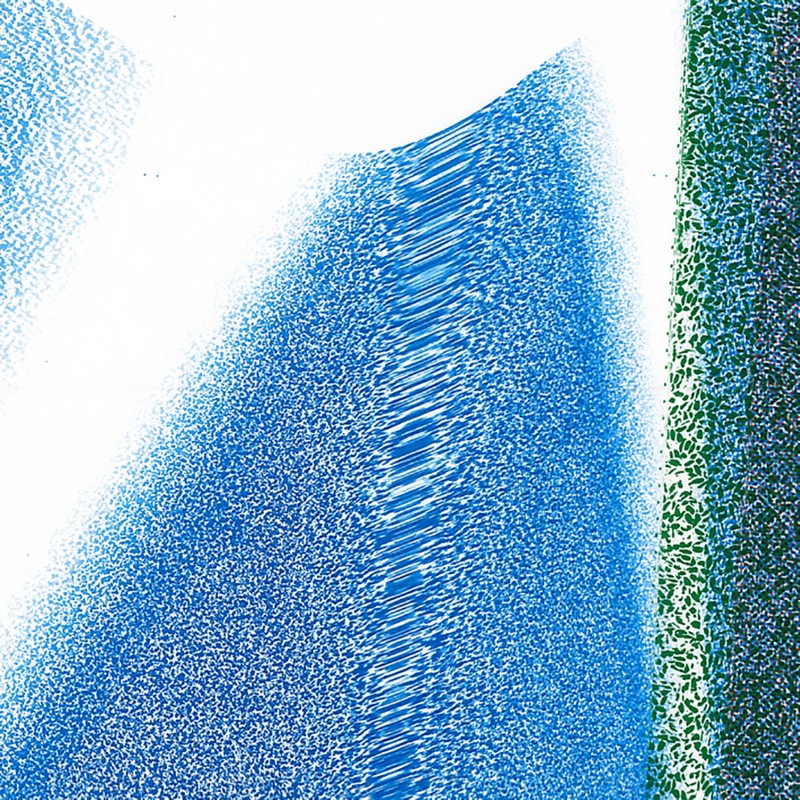
This special issue is the first edited collection to address the sonic dimension of Maurice Blanchot’s work. It considers the auditory aspects of contestation in his work as well as the possible nexus between Blanchot with music and sound studies. Blanchot is best known for his engagement with literature and this engagement draws heavily on visual metaphor and the uneasiness of the clarity of vision when one enters the depths of literature. Scholarly engagement with Blanchot often follows suit, focusing on themes such as the gaze of Orpheus and the nocturnal space of literature. Because of the prevalence of vision it is easy to overlook the fact that Blanchot often appeals to the auditory the moment vision becomes diminished. The shadowy reality of the literary image is often accompanied by sketches of sounds that complement and intervene in the visual descriptions of the experience of literature and language. In essays such as “Ars Nova” and “The Homage to Debussy at the Théâtre des Champs-Elysées” (translated here for the first time in English) Blanchot demonstrates this connection in terms of music.
In “Sounds of Disaster: Sonic Encounters with Blanchot” Adam Potts brings together scholars from a range of disciplines to hear these sounds and resonances emanating from within Blanchot’s work and to think about their significance both within and beyond. The essays contained herein explore the latent and explicit sonic content of Blanchot’s writing, his treatment of music and the possibilities of thinking about contemporary music and sound art through his work. The idea of “disaster” in this issue’s title is not so much a conceptual thread running through the articles but instead captures sound treated as a kind of limit experience. In other words, this journal takes the sonic way into one of the most exciting and demanding thinkers of the twentieth century.
Issue image: untitled, by Porter. Reproduced by kind permission.
